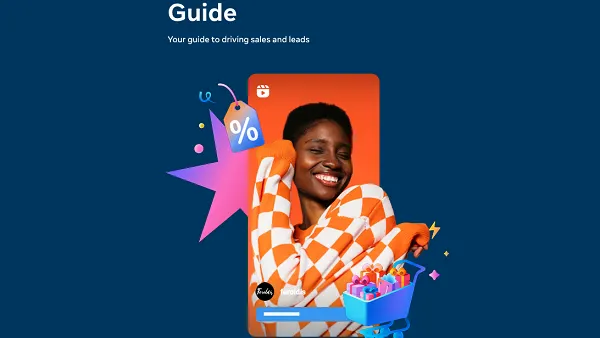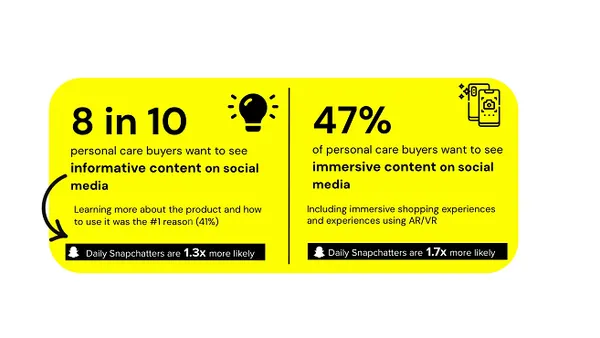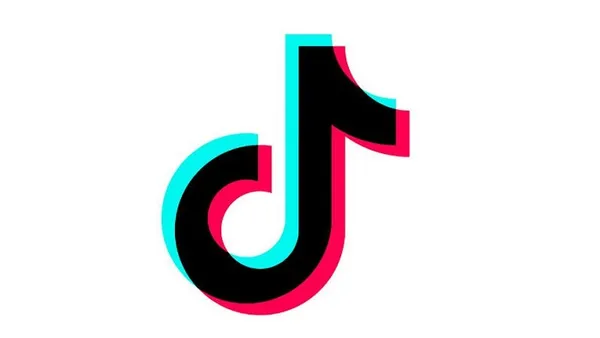Social media channels establishing two-way communication between brands and consumers have heralded a new set of expectations on resolving issues. Recent statistics show the trend:
- 71% of of 16-24 year olds go online when they have a problem with a product (2012 Sitel Study);
- 67% of 23,000 consumers in a J.D. Power and Associates study had used a company's social media site for servicing; and
- 87% of consumers in the J.D. Power and Associates study said their online social interaction with the company positively impacted the likelihood that they'll purchase from the brand, and that the responsiveness of the service representatives were a key of that satisfaction.
WHY TWITTER?
Since traditional customer service channels are established, why are people going online to share their issues?
 Frustration with call centers - Oftentimes, individuals will go on Twitter after they've already sought a solution by calling the company's helpline.
Frustration with call centers - Oftentimes, individuals will go on Twitter after they've already sought a solution by calling the company's helpline.- Immediate gratification - Twitter allows customers to feel more in control of the timeliness of the solution. They can immediately go online, research a solution to try helping themselves or vent their problem in real-time, asking for help, whether from the brand or other customers.
- Airing dissatisfaction publicly is part of a solution - Some people just want to be heard, and sharing on a public channel gives some gratification.
A CUSTOMER SERVICE APPROACH IN 140 CHARACTERS
Due to Twitter's character limits, the approach on the channel can't always be issue resolution, but should be relationship management. Customers want to know they are heard, and a genuine, timely response from the brand can be a huge step towards retention.
Here are the four key ingredients to establishing an effective response channel on Twitter:
PREPARATION
- Research and listen to what customers are asking or complaining about. Whether you're just about to dive in or you have an established presence on the channel, evaluate what your customers are sharing on the channel. Are the issues similar to what the call center is receiving? Are users tweeting to your official brand handle, or are they just using your company name in a tweet? Have they already tried emailing or calling your business before tweeting?
- Develop social media response guidelines. While you can't forecast every type of issue that will arise, create buckets for what can be responded to on the channel, what situations need to be taken offline, and when escalation within the company is needed. However, do not have a "script" of responses. Users want to know they are interacting with a person, and canned replies to similar issues won't appease them.
ALWAYS ON
- Create a separate customer service account. Focus your brand's main Twitter handle on positive engagements and marketing messages, and host the dialogue with unhappy customers on another line. Currently, only 23% of the world's top brands on Twitter have dedicated customer service handles³.
- Post clear response times.Will your team be responding to issues 24/7? Between 9AM-5PM PST? What is the maximum amount of time a user should be expected to wait for a response, especially if they send a question during the night or weekend? Set expectations by clearly listing availability in the "bio" section and potentially highlighted within the background image.
HIGH RESPONSIVENESS
- Empower the employees operating the account. Educate them on the brand, how the company approaches social and customer service, and then trust them. Give them the power to respond as they deem appropriate in most situations without a long approval process. Since 32% of consumers using social media for customer service expect a response within 30 minutes, the managers of the handle need to be enabled to respond quickly.
- Be proactive. Twitter as a two-way customer service channel allows brands to be proactive when there are issues, such as a power outage by an electrical company. Post a message on Twitter and provide regular updates so consumers on that channel can be assured the situation is being dealt with.
TRANSPARENCY
- Share who is operating the account. Consumers want to know who they're interacting with. If possible, share the name, initials and/or picture of the people responding to users' inquiries.
- Offer disclosure guidelines. Reinforcing expectations, clearly share what users can expect by interacting with the brand on this channel. Post what information the user should and should not share with them and what the agent at the other end is doing with that information. Share through a link in the bio or share the words in the background image.
BEST-IN-CLASS EXAMPLES
Here are a few best-in-class examples to show how customer service can be done efficiently on Twitter.
@NIKESupport - HIGH RESPONSIVENESS |
| @SamsungSupport - PREPARED |
Nike responds to 74% of incoming tweets, which amounts to almost 25,000 in just a three-month time span. Their staff is clearly trained and empowered to reply. |
| Samsung listened for 90 days before posting anything on their customer service Twitter handle. The quality and tone of responses indicate they clearly know who they're talking with. |
@CHASESUPPORT - TRANSPARENCY |
| @MicrosoftHelps - ALWAYS ON |
The Chase customer service Twitter handle shares images and names of the individuals tweeting responses so consumers can clearly know who they are talking with. They also have a clear disclosure statement in the Twitter background. |
| Recognizing that customer issues don't always happen during business hours, Microsoft's Twitter account is active 24/7 to handle requests all day, every day. |
EVALUATING THE ROI
Calculating the return on establishing and running a Twitter channel consists of sentiment and engagement analysis, as well as traditional customer service metrics such as first resolution rates and average handle time. But perhaps the bigger question from the outset is: what are the risks if a brand doesn't move forward in this channel?
- 83% of social customers will abandon a purchase because of poor customer service. (Desk.com)
- More than 15% of customers will abandon your company after only one negative customer service experience, and 40% will after two negative customer service experiences. (BlueWolf)
- It's not just the one customer you're dealing with, as that person tells 53 people about their negative customer experience. However, a social customer will tell an average of 42 people about a good customer experience! (Desk.com)
Expected to grow 53% in 2013 (Bluewolf), online chat and social media for customer service will become a key differentiator for successful brands in the space.
(image: Annette Shaff / Shutterstock.com)









